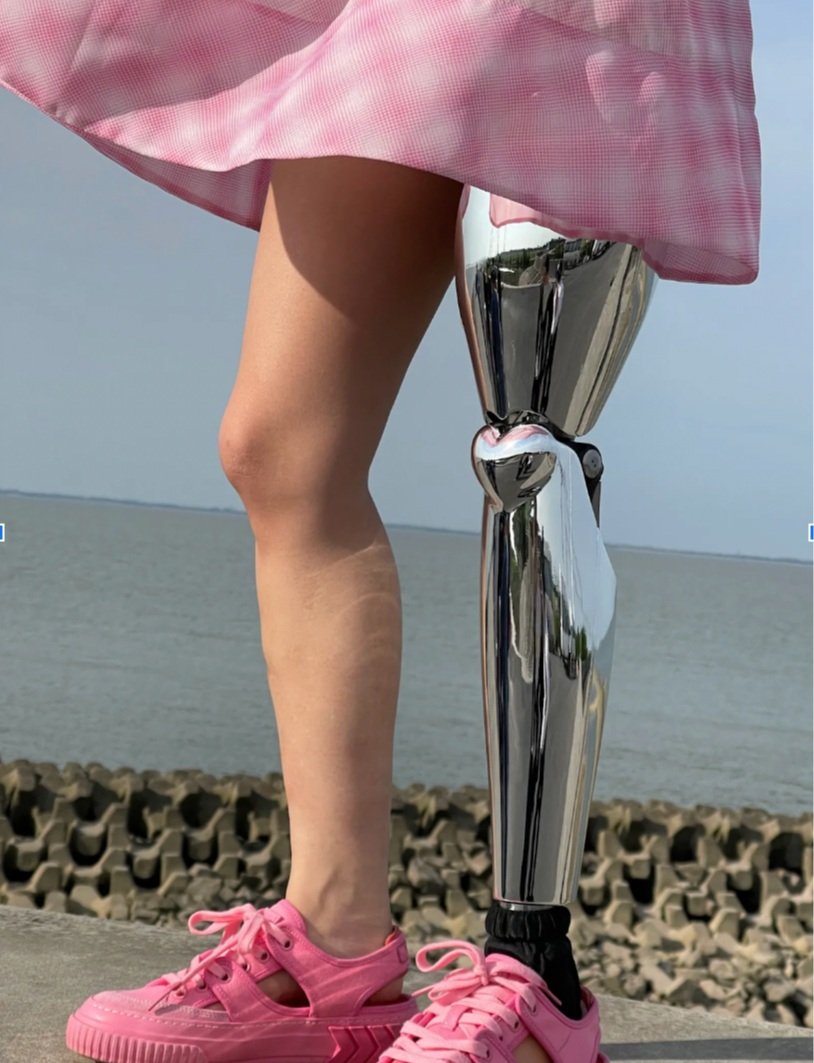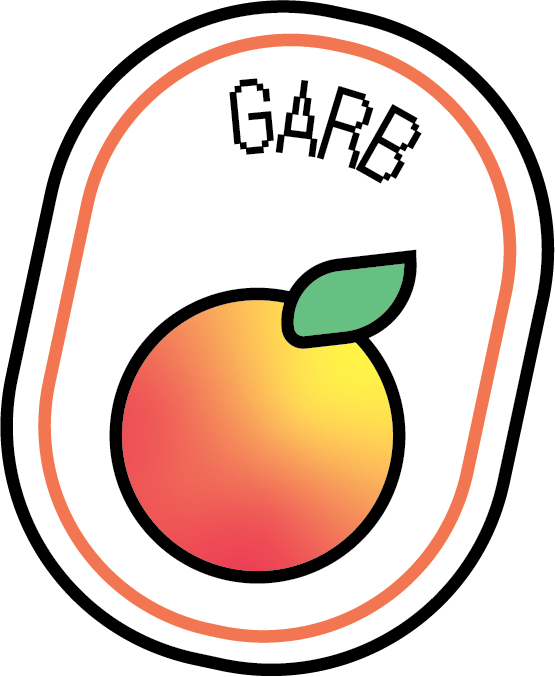No Aesthetics in Prosthetics?
When thinking of the word “disabled” or more specifically “prosthetic,” usually one of the two following images pops into your head.
Labels like these make it very easy to classify and distinguish different types of people. But in doing so, they reduce the person to nothing more than the label given. People with disabilities often experience this, being reduced to nothing more than what is “missing” or “wrong” with them. It makes them one-dimensional and undermines any other hobby, character trait, or personality that would otherwise be considered part of their identity. Furthermore, for the greater part of history, there has existed little, if any, intersectionality between disability and aesthetics. Where aesthetics would have helped expand the definition of what it means to be disabled, instead, they have always remained separate and unreachable, despite the abundance of other cosmetic procedures and products. Fashion, however, has the ability to change this, to take a disability and blend it in, glorify it, and accentuate it, expanding our definitions of self and beauty.
One example of prosthetics expanding the depiction of beauty and identity can be seen through the work of Chinese jewelry brand YVMIN (seen above). By partnering with influencer Xiao Yang, owners and designers Xiaoyu Zhang and Min Li, have helped redefine what it means to wear a prosthetic. While wearing one may not be a choice, there is no reason they can’t be beautiful, unique, and personal, both in and outside the label of prosthetics.
That being said, while the overlap of beauty and disability is crucial to expand our preconceived labels, it’s even more essential to recognize beauty in disability outside of that very label, to see it as unquestionably equal.
In perhaps the greatest runway show of all time, Alexander McQueen’s Spring-Summer ‘99 No. 13, he epitomized this concept perfectly. Most remember this show for its finale: Shalom Harlow in a white cotton dress being circled and sprayed with paint by two car-manufacturing robots in an ultimate act of performance art. But before this finale, walked Aimee Mullins, track athlete, actress, public speaker, and now model, wearing a lace skirt that met a pair of wooden boots at her knees.
Except they weren’t boots, they were prosthetics, carved out of elmwood with enchanting magnolias and grape vines stretching from ankle to knee. The critics and writers attending the show didn't have a clue! In fact, it wasn't until after the show when Aimee took the entire lower halves of her legs off did they realize the piece’s true significance.
The legs weren’t just gorgeous because no other prosthetics of the time came close to their beauty, they were beautiful independently, for their intricacy, detail, and gracefulness in craftsmanship. This use of disguised prosthetics made the observers inadvertently look past the disability. It put Aimee on an equal playing field with all the other models, free from her otherwise obvious disability that would have undermined the perception of her look; equally beautiful in her own right.
YVMIN and McQueen’s overlap of disability and fashion help encourage intersectionality between the two in different ways. While YVMIN focuses on beautifying and personalizing disability, McQueen focuses on finding inherent beauty in disability through craftsmanship and disguised comparison with the norm. Both examples show just how far fashion can push personal aesthetics, the dimensionality of self, and beauty on and off the runway. Moreover, by breaking down preconceived and separate notions of style and disability, they force us to recognize beauty independent of labels that may confine it, enabling us to see beauty outside of its assigned category.
Work Cited:
https://www.pinterest.com/pin/567383253027505081/ https://fashionista.com/2018/02/aimee-mullins-fashion-disability-fit-symposium
https://www.youtube.com/watch?v=eoO-vG5RoB8
https://www.ted.com/talks/aimee_mullins_my_12_pairs_of_legs/transcript?language=en
https://www.anothermag.com/fashion-beauty/7158/alexander-mcqueens-carved-prosthetic-leg
https://www.anothermag.com/fashion-beauty/9225/the-magnificent-impact-of-alexander-mcqueen-ss99
https://images-prod.anothermag.com/480/azure/another-prod/330/9/339798.jpg
https://pbs.twimg.com/media/ErjqEFWW4AAKH84.jpg:large
https://www.vogue.com/article/yvmin-chinese-jewelry-brand-prosthetics
https://assets.vogue.com/photos/611bc6a2ab7a6735f23c3499/master/w_2560%2Cc_limit/3%2520(1).JPG
https://assets.vogue.com/photos/611bc6e2fd543b847e479a2e/master/w_1600,c_limit/5%20(1).jpg
https://assets.vogue.com/photos/611bc75ae7a22f503165456d/master/w_1600,c_limit/A3.jpg
https://assets.vogue.com/photos/611bc735532a03c2c58bd1f2/master/w_1600,c_limit/E2.jpg
ttps://pbs.twimg.com/media/E_t_aIkXoAAYFmH?format=jpg&name=large
https://parametric-architecture.com/prosthetic-as-wearable-art-by-jewelry-brand-yvmin/
https://i-d.vice.com/en/article/xgdgak/yvmin-experimental-jewelry-prosthetics







